Durian prices remain high
Currently, durian prices in major growing regions across the country are relatively stable and remain at a good level due to the scarce supply due to the end of the harvest in the Central Highlands. For the good variety, the price of RI6 durian in the Central Highlands is fluctuating between 145,000 - 165,000 VND, and for the good Thai durian, it is up to 175,000 VND/kg. Other regions report prices for all types of good durian at 145,000 - 170,000 VND/kg. Meanwhile, the price of durian bought in bulk is about half lower, reaching 60,000 - 75,000 VND/kg.
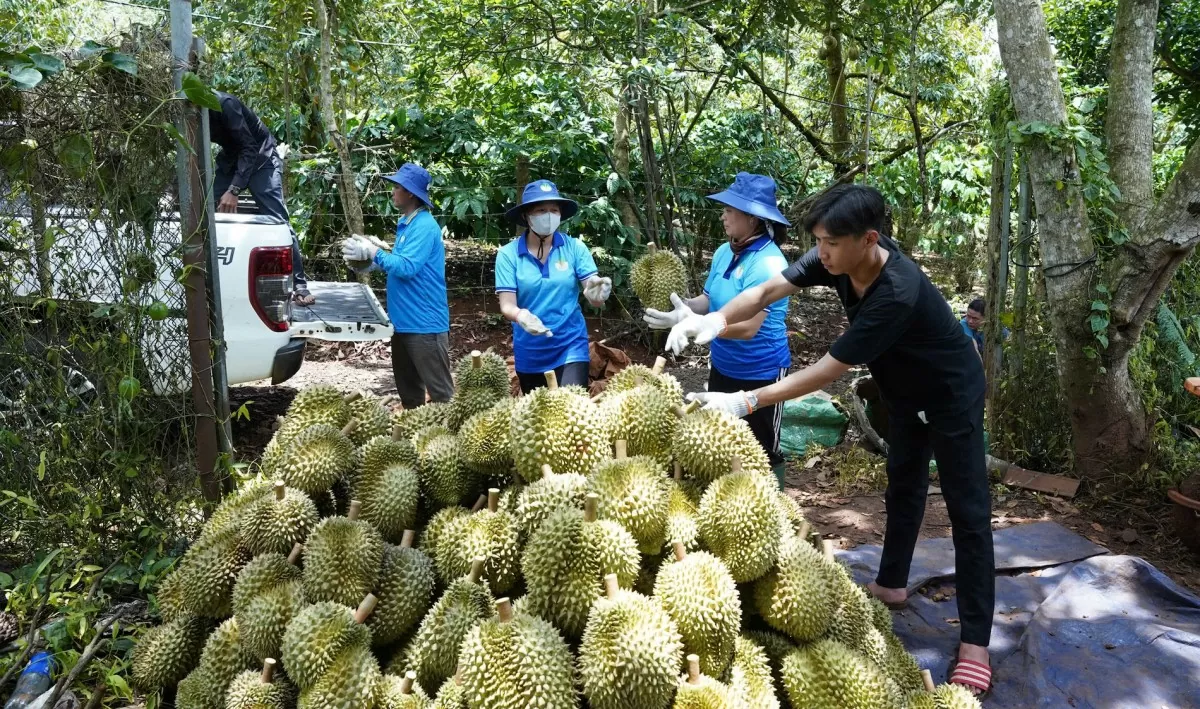 |
| Durian in Krong Pac district, Dak Lak province. |
According to traders, the supply is in short supply as the durian crop in the Central Highlands ends, forcing them to switch to buying off-season durian from the Mekong Delta provinces. However, off-season output is not enough to meet demand.
Export purchasing companies are also adjusting prices due to domestic supply shortages. A representative of a business in the Central Highlands said they moved purchasing stations to the West to collect off-season goods and meet the needs of partners.
In the first 10 months of this year, fruit and vegetable exports are estimated at 6.4 billion USD, of which durian accounts for nearly half, 3 billion USD. China is the main export market for this fruit. In addition to fresh fruit, the signing of the frozen durian export protocol between Vietnam and China has opened up great opportunities for the agricultural sector. Frozen durian exports to this billion-people market could reach 400-500 million USD this year.
Mr. Dang Phuc Nguyen, General Secretary of the Vietnam Fruit and Vegetable Association, predicts that durian prices will continue to increase as Chinese consumers increase their purchases as gifts during the holidays and Tet.
Meanwhile, according to the Ministry of Industry and Trade, domestic and foreign demand for fruits and vegetables increased sharply in the last quarter of the year, along with the effectiveness of new protocols. This is the driving force to help Vietnam's fruit and vegetable exports grow sustainably.
It is forecasted that the export turnover of fruits and vegetables will exceed 7 billion USD for the whole year, an increase of more than 25% compared to 2023. Of which, durian may reach a record 3.5 billion USD. This will be a new milestone for the fruit and vegetable industry, in which durian still plays a key role.
The picture is not all rosy
However, Vietnamese durian is not alone in its market. In recent years, durian farmers in several Southeast Asian countries have enjoyed bumper harvests thanks to soaring demand in China. However, there are concerns that the passion of Chinese consumers for the smelly fruit may be waning in the near future.
According to a report from China News Service, China has widely planted durians in areas such as Sanya and Yucai, both in Hainan. The durians have grown well, reaching the size of volleyballs. By 2024, about 500 trees had begun to bear fruit.
Hainan durians have been planted for four years and 2024 marks the first harvest. A four-year-old durian tree can produce up to 19 fruits, each weighing about 2kg. It is estimated that durians will be planted on more than 6,600 hectares in Hainan in the next three to five years.
Still, Jeremy Chin, co-founder of Kuala Lumpur-based durian trader LKE Group, said China has good technology but unlike Malaysia, the arable land across China is not suitable for growing durian. While Hainan is considered a logical location, its geological and climatic constraints mean that growing costs and retail prices will be much higher. Self-sufficiency in durian is a difficult task for China, which may still have to rely on imports.
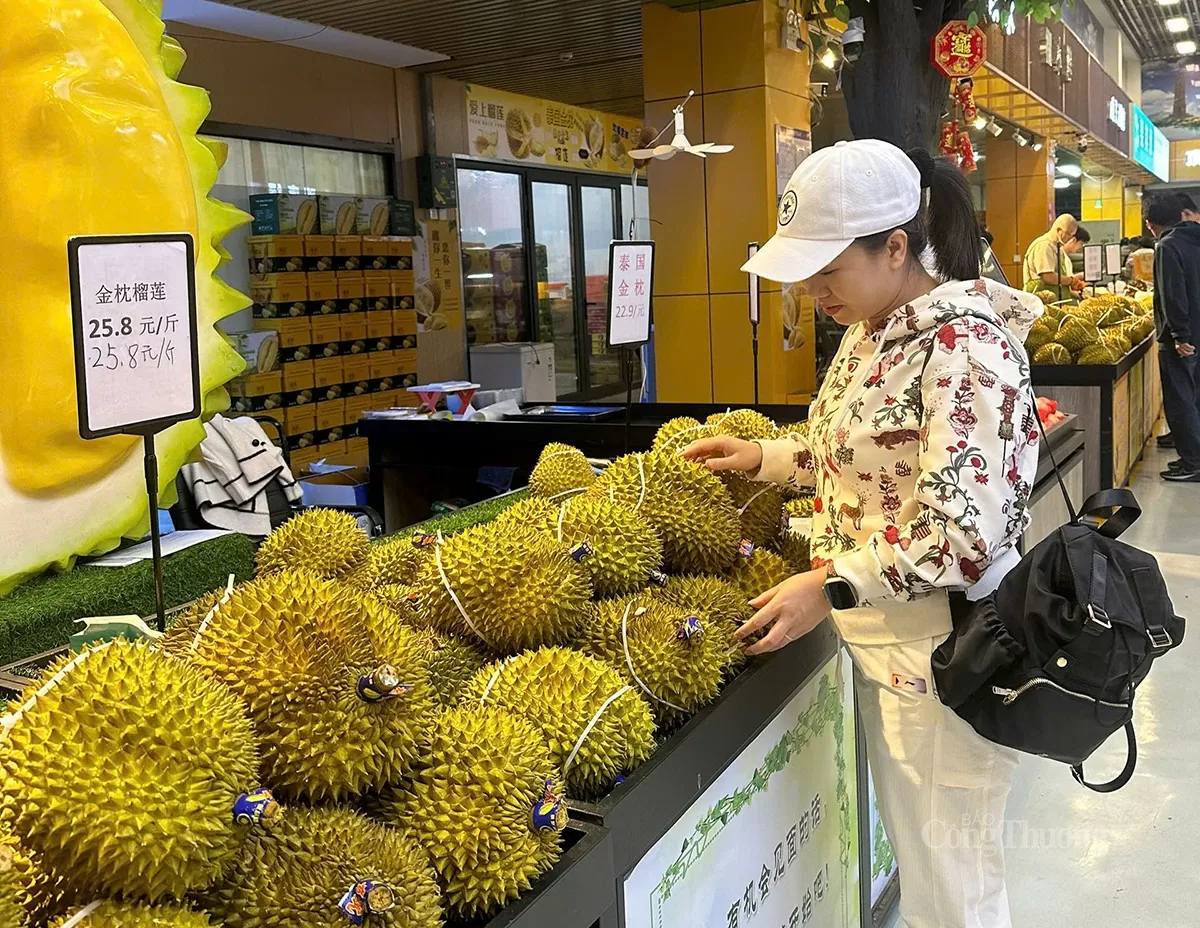 |
| Thai durian for sale at a supermarket in Beijing, China. (Photo by Phan Men) |
China is a large market that almost all exporting countries aim for. However, conquering this market is not easy at all. Talking to reporters of the Industry and Trade Newspaper after a field trip to the Chinese market, Ms. Phan Thi Men - General Director of SUTECH Science and Technology Consulting Co., Ltd. had certain assessments of Vietnamese agricultural products compared to those of other countries, especially Thailand and Malaysia.
According to Ms. Men, on the shelves selling durian at shopping malls in Beijing, most of them do not have Vietnamese durian, but mainly durian from Thailand and Malaysia.
In the shopping mall, for fresh durian, it is mainly Dona durian from Thailand, and for frozen durian, it is mainly frozen whole Musangking durian from Malaysia. In Vietnam, type C durian is often frozen. As for Thai durian, they still sell this type C durian. Regarding frozen durian, in China, people are extremely fond of frozen whole durian from Malaysia.
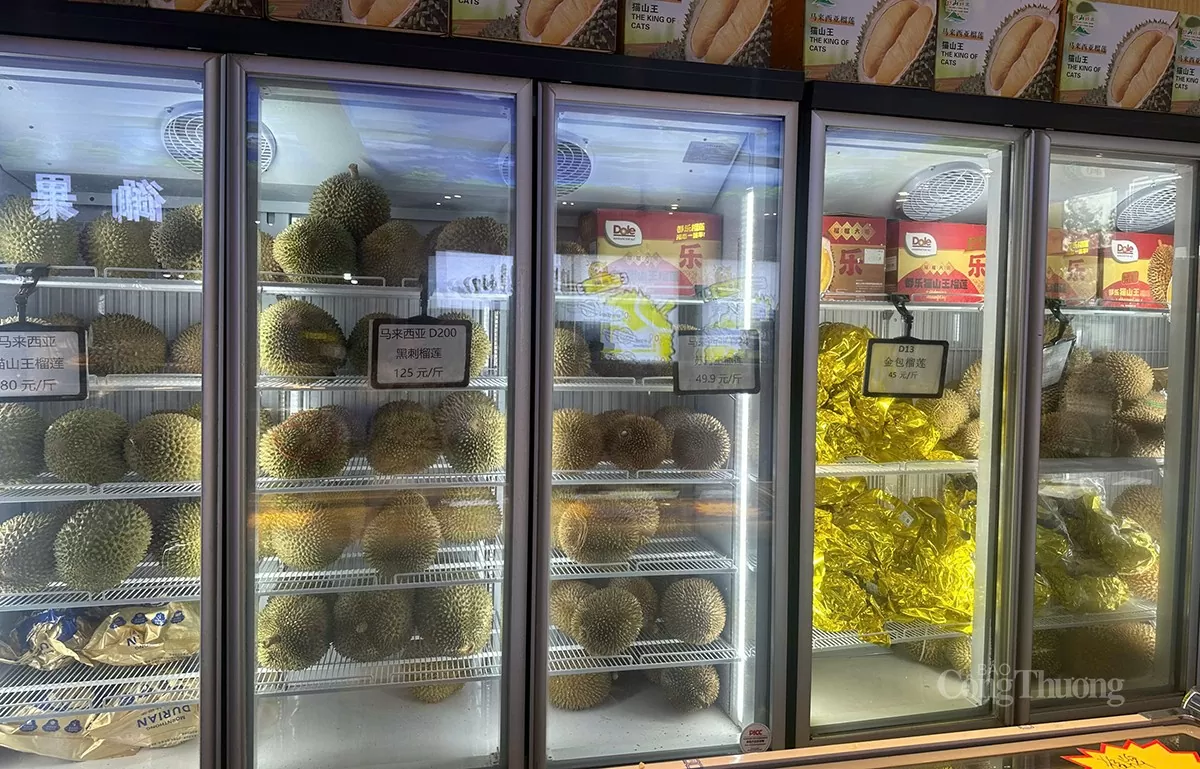 |
| Frozen Malaysian durians are sold at a supermarket in China. (Photo: Phan Men) |
The question is, what is the strategy of Thailand and Malaysia to make their durian so trusted by the Chinese market?
Ms. Men commented that, firstly , these two countries pay special attention to investing in quality and appearance. Thai durian is stable in quality, the fruit ripens evenly, and fully complies with China's plant quarantine regulations. As for Malaysia, the country's frozen whole durian is mainly round Musangking durian. The smell of this durian is not as strong and pungent as Ri6. At the same time, the fruit has a beautiful and eye-catching appearance. Meanwhile, Vietnamese durian is still inconsistent in quality. The situation of unripe durian still occurs frequently. Besides, the regulations on plant quarantine have not been thoroughly ensured.
Second , Thailand and Malaysia focus on promoting their brands and accessibility. The recent Vietnamese Fruit Festival in China was the first festival in Vietnam. Meanwhile, Thailand and Malaysia organize such model festivals regularly (every 3 months). It can be seen that their durians are very familiar to the Chinese people. People have experienced and regularly participated in such festivals in Thailand and Malaysia, so the durians of these two countries have become deeply ingrained in their subconscious. This is one of the reasons why Vietnamese durians have not been popularized and penetrated deeply into the Chinese market.
And this is also the reason why Vietnam has a developed agriculture but still has many limitations compared to Thailand and Malaysia.
Given the above reasons, experts believe that in order to gain a share of the market in this billion-people market, farmers, cooperatives, businesses and the government need to take measures to change and promote the quality and appearance of durian in particular and agricultural products in general. At the same time, there must be connection strategies to increase access to the Chinese people. Only then can Vietnamese durian dominate the Chinese market.
| Last year, Vietnam exported 500,000 tons of fresh durian, worth $2.3 billion, with 90% going to China. Currently, the country has 154,000 hectares of durian, with an output of nearly 1.2 million tons, expected to grow 15% per year. |
Source: https://congthuong.vn/xuat-khau-sau-rieng-nhan-dinh-nao-ve-doi-thu-canh-tranh-358240.html


![[Photo] "Beauties" participate in the parade rehearsal at Bien Hoa airport](https://vstatic.vietnam.vn/vietnam/resource/IMAGE/2025/4/11/155502af3384431e918de0e2e585d13a)


![[Photo] Looking back at the impressive moments of the Vietnamese rescue team in Myanmar](https://vstatic.vietnam.vn/vietnam/resource/IMAGE/2025/4/11/5623ca902a934e19b604c718265249d0)





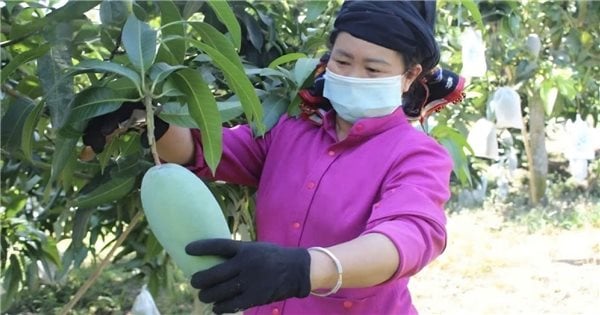



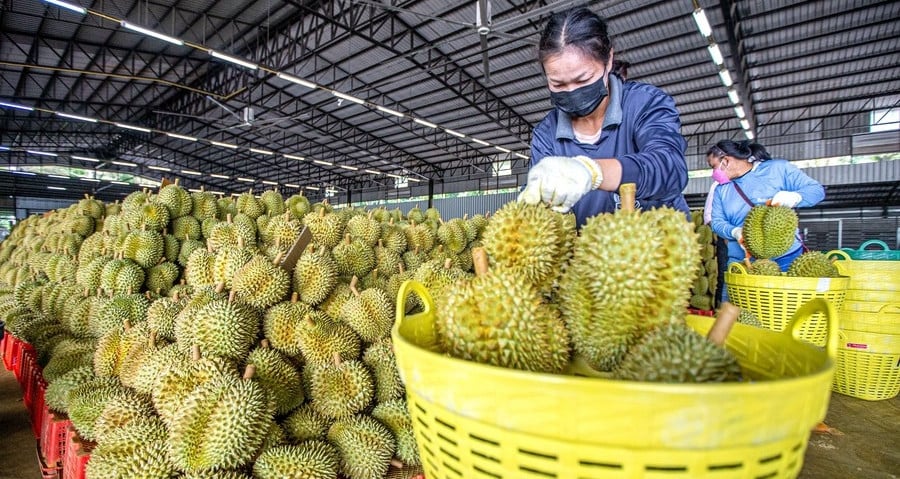



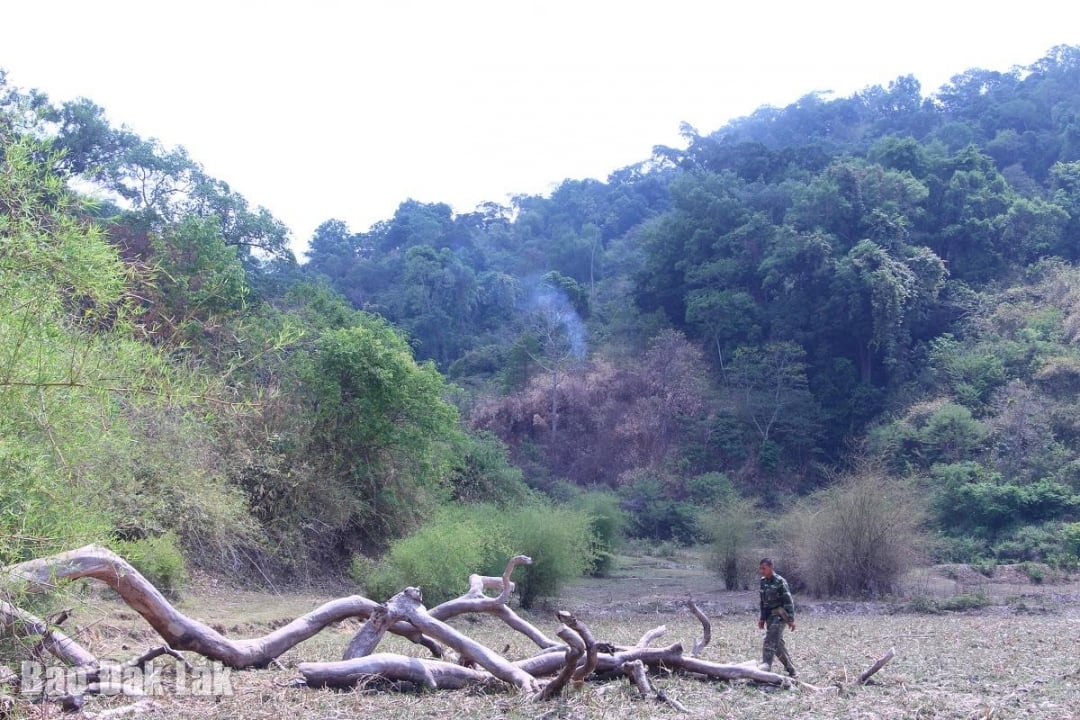









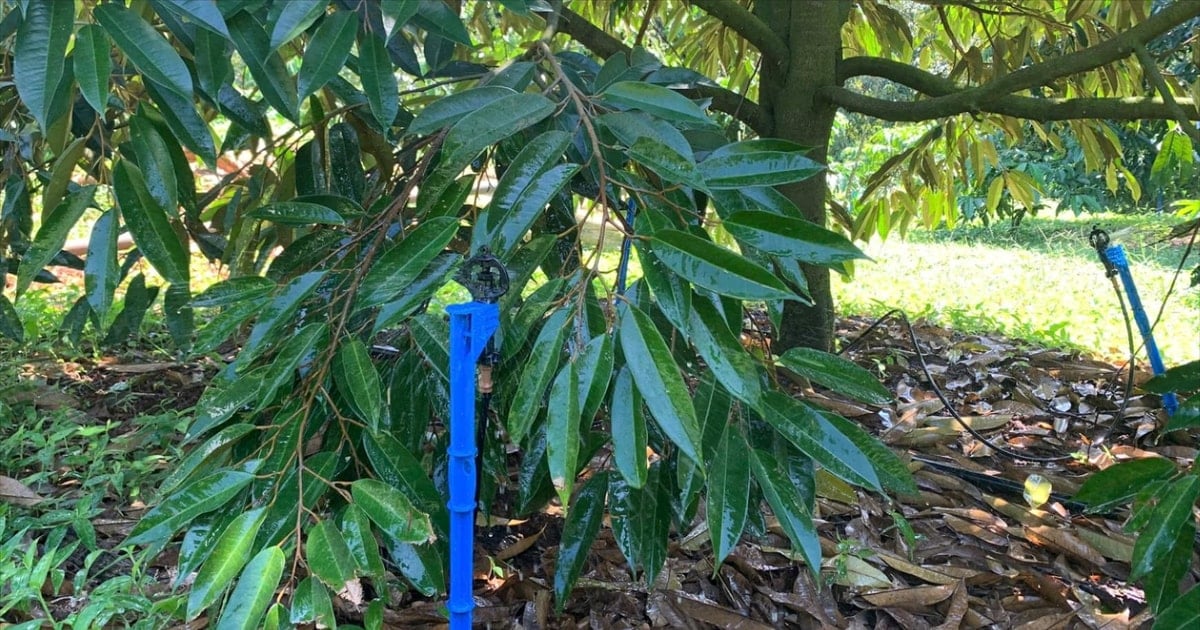


![[Photo] Summary of parade practice in preparation for the April 30th celebration](https://vstatic.vietnam.vn/vietnam/resource/IMAGE/2025/4/11/78cfee0f2cc045b387ff1a4362b5950f)
























































Comment (0)